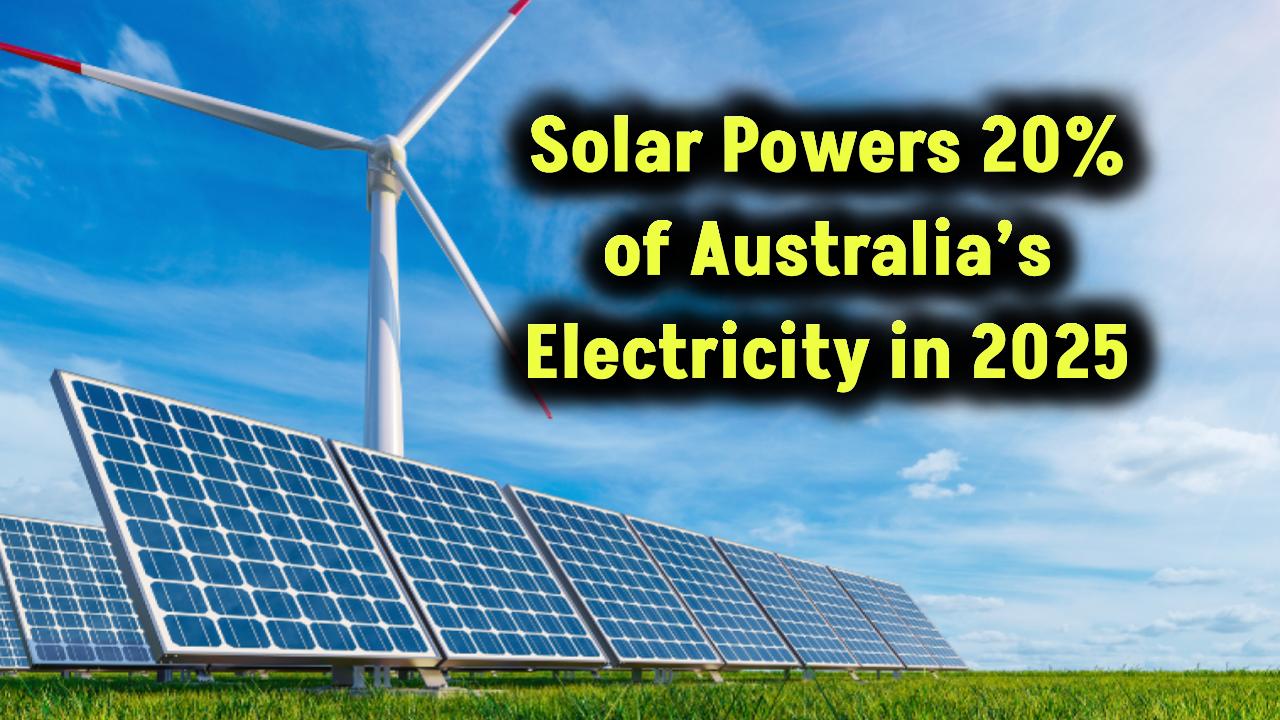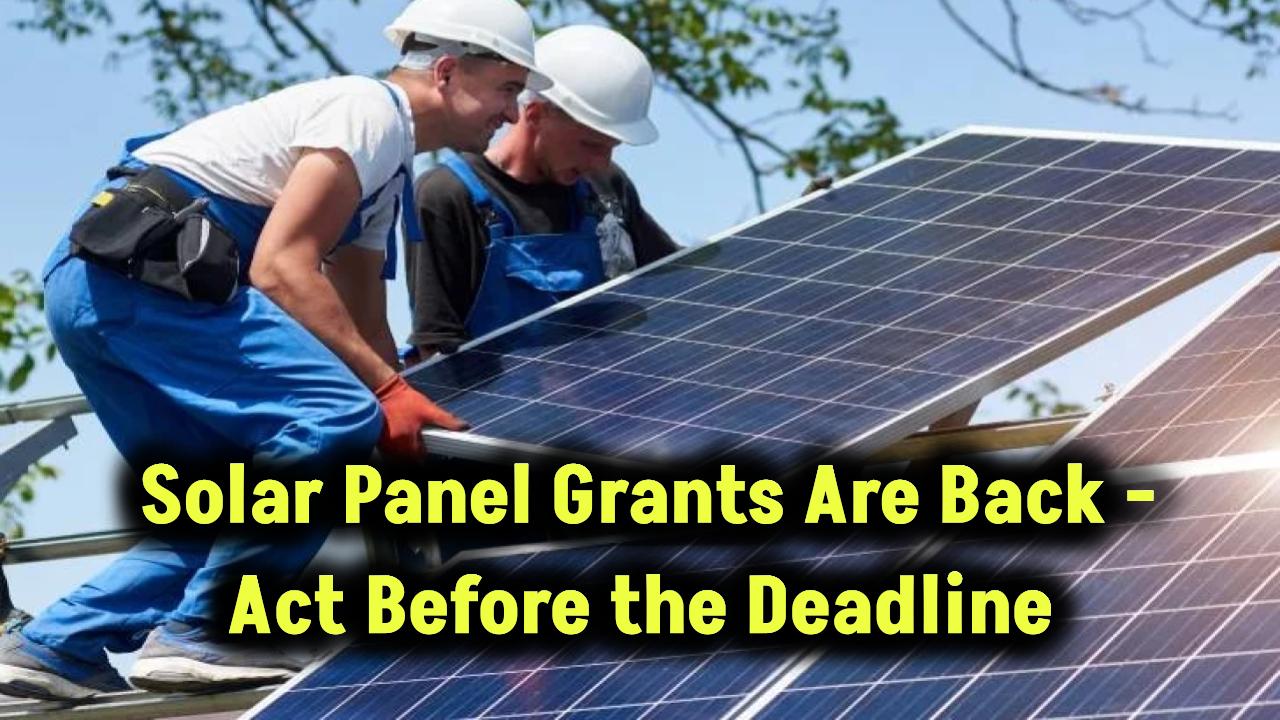
Australia’s Solar Battery Subsidy is finally here, and it promises major savings for households and small businesses looking to power their homes more efficiently. Starting July 1, 2025, the Cheaper Home Batteries Program will slash battery installation costs by up to 30%, making energy independence more affordable than ever.
If you’ve been on the fence about installing a battery for your solar panels, this federal rebate—on top of existing state incentives—could reduce your upfront costs by A$3,300 to A$4,000, and your energy bills by as much as 90% per year.
Also Check: The Growing Role of Battery Storage in U.S. Solar Energy Systems
Why This Subsidy Is a Game-Changer for Australian Energy
Australia leads the world in rooftop solar adoption, but battery uptake has been slow due to high costs. While over 3.5 million homes have solar panels, only around 10% use batteries to store that power. Without batteries, most excess solar energy is sold back to the grid at low rates—then bought back at much higher prices when needed.
This subsidy aims to change that by making battery storage more financially viable, improving household resilience, and supporting Australia’s clean energy target of 82% renewables by 2030.
How Much Can You Save with the Battery Rebate?
Installing a standard 10 kWh battery costs about A$12,000. With a 30% federal subsidy, the cost drops to around A$8,400. Combine that with a state rebate (up to A$2,950 in Victoria), and the effective cost can fall below A$6,000.
With potential annual energy bill savings of A$2,000 to A$2,300, your payback period could be just 3–4 years. After that, you’re essentially powering your home for free.
Eligible Battery Brands and Systems (VPP-Compatible)
To qualify, batteries must support Virtual Power Plant (VPP) participation. Popular eligible systems include:
- Tesla Powerwall 2
- AlphaESS Smile Series
- Sungrow SBR Battery
- BYD Battery-Box
- Enphase IQ Battery
- LG Chem RESU
Make sure the battery model is certified by the Clean Energy Council (CEC) and installed by an accredited professional.
Battery-Only vs Solar + Battery System
| Feature | Battery-Only | Solar + Battery |
|---|---|---|
| Upfront Cost | Lower if solar already installed | Higher if solar not installed |
| Federal Rebate | Available | Available |
| Best For | Homes with existing solar | First-time solar adopters |
| Energy Independence | Medium | High |
| Savings Potential | Moderate | Maximum (up to 90%) |
Also Check: How much does a Tesla solar panel cost? Is It Really Worth the Hype?
Real-Life Example
The Smith Family, living in Adelaide, had a 6.6 kW solar system. They added a 10 kWh battery in 2022, costing A$11,500. With the new subsidy, that same setup would now cost just A$7,900, and they’d receive an additional A$2,950 rebate from South Australia.
They now pay less than A$300 annually on electricity, down from over A$2,400.
State-Level Incentives That Stack With the Federal Program
You can combine this federal rebate with the following state-based subsidies:
NSW
- Peak Demand Reduction Scheme
- Additional savings: A$800–A$2,000
Victoria
- Battery rebate up to A$2,950
- Interest-free loans for additional savings
- Visit Solar Victoria
South Australia
- Previous rebates of up to A$6,000
- New federal subsidy fills the gap post-program
Note: State rules vary, so check with your local energy office.
Virtual Power Plants: A Smarter Battery Network
Virtual Power Plants (VPPs) are networks of batteries that support the electricity grid. By joining one, your battery can:
- Earn credits or cash for contributing power during peak demand
- Help prevent blackouts
- Further reduce your energy bills
Some energy retailers like Amber Electric, AGL, and Energy Locals offer attractive VPP participation plans.
What to Know Before Installing a Battery
While subsidies are great, you should still consider the following:
- Compatibility: Make sure your inverter supports the battery.
- Roof Space: If installing solar + battery, confirm you have adequate sunlight and roof area.
- Installation Timing: To qualify, installations must occur on or after July 1, 2025.
- Warranty: Aim for batteries with 10+ year performance warranties.
- Installer Credentials: Only use a CEC-accredited installer.
How to Apply for the Cheaper Home Batteries Program
Step-by-Step Guide
- Check Eligibility: Confirm you own a property with (or planning to install) solar.
- Select a Battery: Choose a certified, VPP-ready battery between 5–50 kWh.
- Find an Installer: Use the CEC Accredited Installer Finder.
- Installation Date: Ensure it’s after July 1, 2025.
- Claim the Rebate: Your installer will apply on your behalf post-installation.
Also Check: Solar Panels Too Costly in the U.S.? Here’s the Hidden Truth Behind the Sky-High Prices!
FAQs
Q1: Can I get the subsidy if I already have solar installed?
Yes. The subsidy is designed to work with both new and existing solar panel setups.
Q2: What is the maximum rebate amount?
It’s a percentage-based rebate—up to 30% of the battery system’s cost, generally A$3,300–A$4,000.
Q3: Do I have to participate in a VPP?
You don’t have to join a VPP, but your battery must be VPP-compatible.
Q4: Can I install the battery before July 1, 2025, and still get the rebate?
No. Only installations completed on or after July 1, 2025 qualify.
Q5: Are interest-free loans also available?
Yes, Victoria and some councils offer interest-free loans alongside the rebate.








